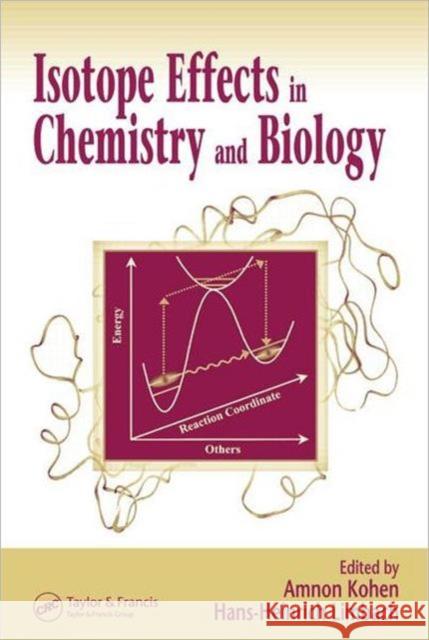Isotope Effects in Chemistry and Biology » książka
Isotope Effects in Chemistry and Biology
ISBN-13: 9780824724498 / Angielski / Twarda / 2005 / 1096 str.
The field of isotope effects has expanded exponentially in the last decade, and researchers are finding isotopes increasingly useful in their studies. Bringing literature on the subject up to date, Isotope Effects in Chemistry and Biology covers current principles, methods, and a broad range of applications of isotope effects in the physical, biological, and environmental sciences.
The authors first explain how kinetic, equilibrium, and anharmonic isotope effects are used to measure the ratio of reaction rates, the ratio between isotopes in thermodynamic equilibrium, and the geometric changes between molecules. The volume describes basic theories, including gas phase, simple condensed phase, small molecule studies, and applications of the Bigeleisen-Mayer theory before covering how isotopes affect molecular geometries, chemical bond breaking, formation and chemical dynamics, and hydrogen transfer. It explores novel, mass-independent isotope effects and problems encountered in hydrogen transfer, tunneling, and exchange. Authors also discuss isotope effects in organic and organometallic reactions and complex enzyme reactions and a unique chapter explores water isotope effects under pressure.
Written by internationally recognized researchers from 13 countries, some chapters summarize the perspective of a well-established subject while others review recent findings and on-going research that occasionally present controversial viewpoints using clear scientific arguments and discussion presented by all relevant authors. Isotope Effects in Chemistry and Biology brings together a wide scope of different perspectives and practical developments and applications into a comprehensive reference of isotope effects that reflect the most current state of the art.











